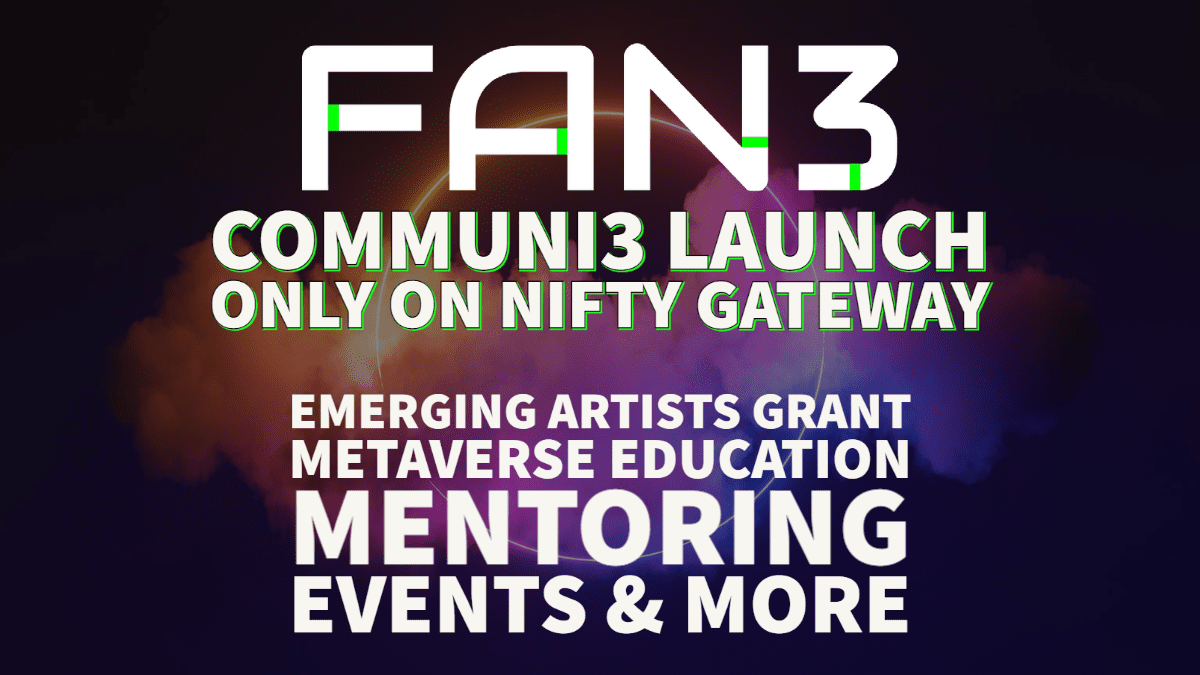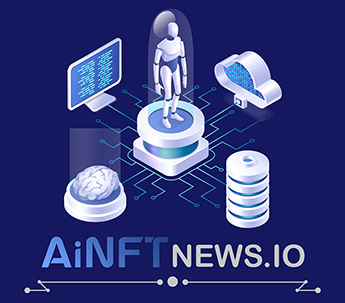With the rapid adoption of play-to-earn games, multiplayer blockchain card game Splinterlands has seen tremendous growth in the past year. It’s been the number one most-played blockchain game on DappRadar since Sep 2021.
Its latest Chaos Legion card packs raked in over $24 million in the first 30 minutes of general sale on Jan 18, generating more revenue than 2018, 2019, and 2020 combined. Following that, the game surpassed the billionth battle milestone on Jan 25.
With over 400,000 active users and 4 million daily transactions of in-game assets, Splinterlands has recently partnered with multi-chain bridging protocol Terablock to simplify token transfers. The cross-chain bridging solution allows gamers to transfer their tokens across different blockchains and for quicker swapping of tokens between multiple networks.
On the back of Splinterlands’ recent success, we get CEO and founder Jesse “Aggroed” Reich to tell us about the game’s positioning in the play-to-earn gaming sphere and why he’s bullish on blockchain games.
Please tell us about yourself and the story behind Splinterlands
I have a weird background. I’m a PhD chemist. I was teaching at a military college and started using software to help my students learn. It helped a lot and I told the publishing company about it. They hired me to talk to other professors about the software and that turned into a 15-year publishing career for me.
Splinterlands was created in 2018 at the height of CryptoKitties. They were booming and breaking Ethereum and my partner Matt and I figured out three things. NFTs would be huge, we should make a game, we shouldn’t build it on Ethereum.
How, when and why did you get into blockchain games?
I’m not a fan of how the government behaves. It’s as if they are trying to create war, poverty, and a surveillance system. I was vocal about it on social media and was getting kicked off of platforms back in 2012. No one believed me I was getting silenced, but I was on the vanguard of deplatforming.
Anyway, a story came around for a blockchain-based media platform where no central authority could remove someone’s voice from the platform. It’s the first time I’ve actually seen a technological way to protect free speech, fell in love, and have devoted my life to blockchain since.
What do you attribute the growth and popularity of Splinterlands to?
Tough question. There are a lot of moving pieces. First, we start all designs with ‘people are the value’. Then we worry about community, gameplay, and economy.
We have smart people in all of that. Then we design around as simple of a user experience as possible because blockchain is so complicated. There are opportunities for everyone along the spectrum from the tiniest minnow to the biggest whale to grow here so long as they stake and participate. They’ll have fun and build community while they do it.
Where does the growth of Splinterlands position the game in the blockchain gaming sphere?
People call us now. It’s kinda that simple. We’re going to start announcing some big partnerships. We initially couldn’t get people to talk to us, and now everyone is dying to get a metaverse project built. Lots of people can sell you NFT platforms and really shitty experiences. But if you want something fun, built for community engagement, looks pretty, is easy to use, helps your player base economically, and most important it can scale to millions of people there aren’t a lot of options out there.
Where do most of your players come from?
Regions with the most Splinterlands users are the USA and SE Asia, followed by Europe.
What do you think about the rising demand for blockchain game scholarships? How is Splinterlands meeting the demand for in-game assets?
We support the scholarship model. In some ways it’s awesome. You’re allowing rich people to gather and risk capital and give exposure to poor people who can use the capital to earn. There’s a lot of powerful stuff in that, but it can also go bad where you see things like child sweatshops to earn. That’s no good. So, we support this model and try to build incentives for it to work, but what we’re really proud of is our rental system.
Renting cards is much more entrepreneurial. It makes it so that individual players are risking and playing at their own pace and responsible for themselves. There aren’t cruel bossing telling them there’s no pay if they don’t earn X. It also doesn’t have to be thousands of dollars. People can rent cards for a few bucks and make that much and more back. This gives the opportunity to economically distressed to earn, and to rich asset holders for passive income. As more people understand what we’re doing they’ll come to see how robust our economy here is.
What’s your opinion on digital asset factories and guilds that breed blockchain game NFTs for sale or lease to scholarships?
I think there are lots of people with lots of ideas out in the world. NFTs are a tool that can be used for good or bad. They can be sketchy money grabs or life-changing experiences. In the hands of competent people with good intentions, there are so many ways these can benefit people. In the hands of thieves and crooks, they’ll steal money from people. Do your own research and find projects you believe in and stick with those.
What do you think about the current state of the NFT blockchain games market, and what is Splinterlands’ role in it?
We’re still in our infancy. There are not a lot of games in the millions of users. I think it’s just us and Axie. The question that has yet to be figured out is just how far can we scale these. Splinterlands has solutions that are working now and we’re developing more. But ultimately the test will come when there’s the strain of millions of gamers doing many millions of transactions per day and how do we stand the test of time.
What’s your overall outlook on the blockchain games industry over the next year?
I’m practically a minotaur now because I’m so damn bullish.
Where do you think we could see blockchain game NFTs in the near future?
It’s just a matter of time before every megabrand enters this space. Some will fail epically. Some will provide massive things of incredible value. Everyone will enter this space, and all who don’t will be the ‘20s version of Blockbuster.
Any other NFT-related industry issue you would like to talk about?
The single biggest technology challenge and opportunity comes from the most important anchor to the entire space: people are the value. If you know people are the value then beyond having a fun game the real key is that you have to be able to scale.
Scalability is really the end all be all of everything here. There are lots of ways to make a quick buck, but to actually have a long-term sustainable ecosystem that can grow and thrive and spit out money left and right you’re gonna need scalability. If your game can’t handle millions of on-chain transactions what are you even doing in the space?
In our spotlight series, we interview interesting players from the industry.
Stay up to date:
Credit: Source link









